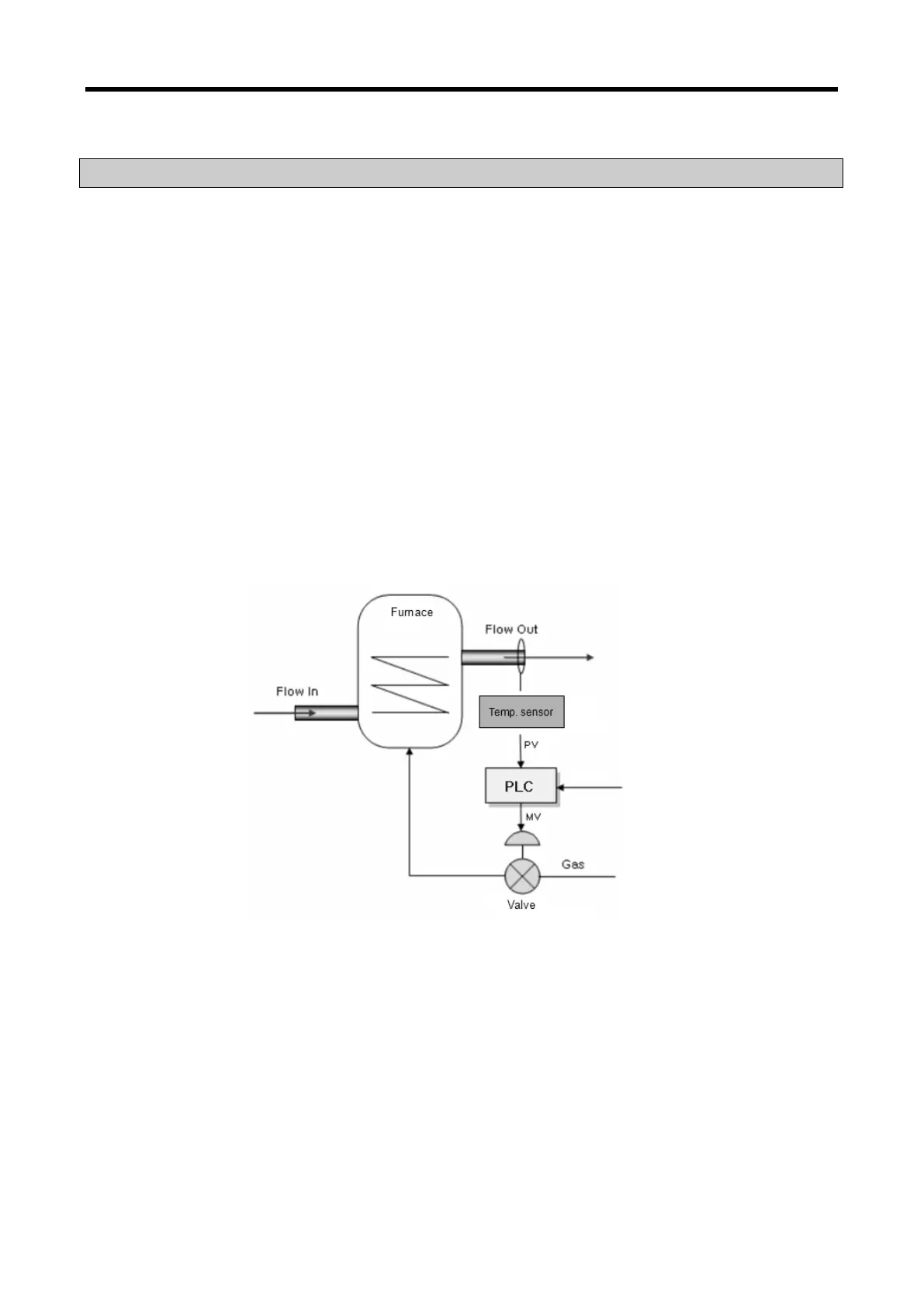Chapter 15 PID Function (Built-in function)
15 - 1
Chapter 15 PID Function (Built-in function)
15.1.1 General
Here describes built-in PID (Proportional Integral Derivative) function. When there is plant (target of control),
Control means that the user changes the status such as velocity, temperature, position, voltage, current etc.
as the user wishes. Here describes PID control that is most frequently used among diverse control methods.
Basic concept of PID control is as follows. First, it detects the PV (Process Value) through sensor and
calculates what the difference with SV (Set value) is. Then it outputs MV (Manipulated Value) for PV to be
same with SV.
At this time, 3 types of operation, such as Proportion, Integration, Derivation is executed according to the
requirement of the user. PID control has high compatibility, flexibility, affordability in comparison with Robust
control and Linear optimal control. In case of other control methods, since control device can be applied to
the system after mathematical analysis of system, if system or the requirement of the user changes, the
analysis of system is done again. But in case of PID control, PID device copes with change of system or
requirement of the user with simple auto-tunings without analysis of system rapidly.
The figure 6.1 is example indicating system configuration of temperature control of heating system.
< Figure 15.1 PID Temperature control system with PLC >
At this time, PLC becomes control device for this system, output temperature of heating system becomes
target for control. And temperature sensor and valve becomes devices to detect and manipulate the status
of system respectively. If temperature sensor detects the output temperature and inputs that to PLC, PLC
manipulate the valve status through PID operation and control the quantity of gas that goes into heating
system. So temperature of heating system changes. This process is called control loop and PID control is
executed by repeating the control loop. The control loop is repeated with a cycle of ms ~ s.

